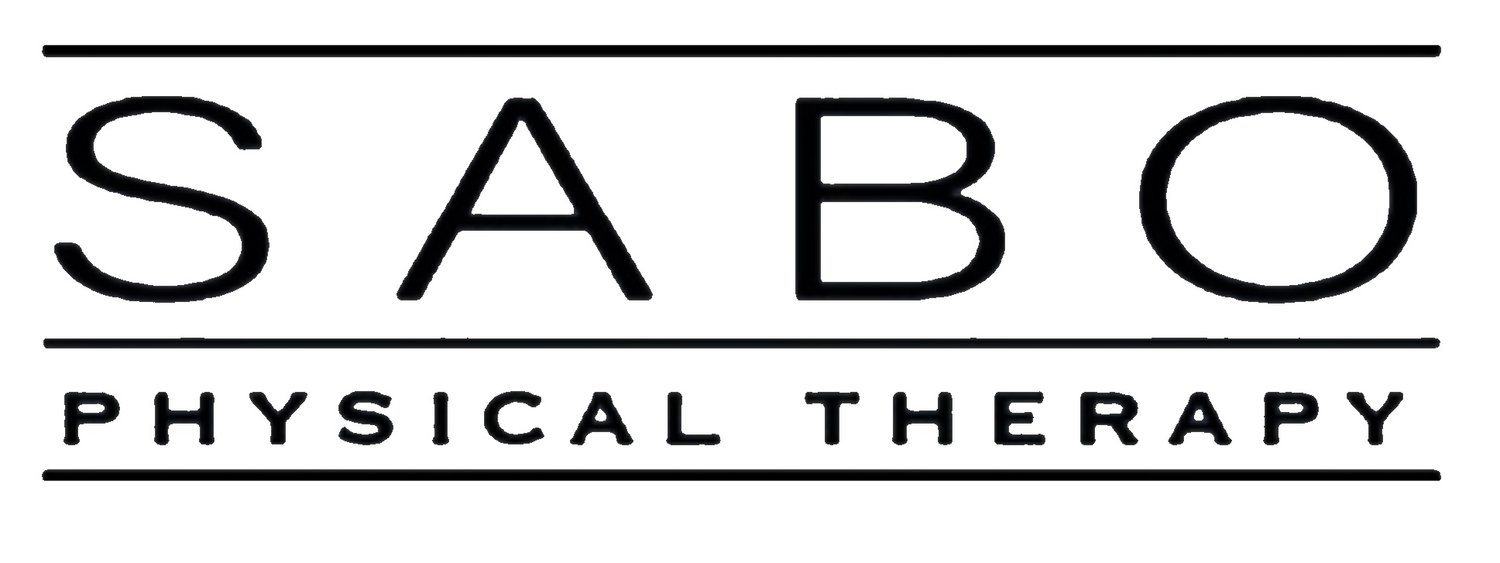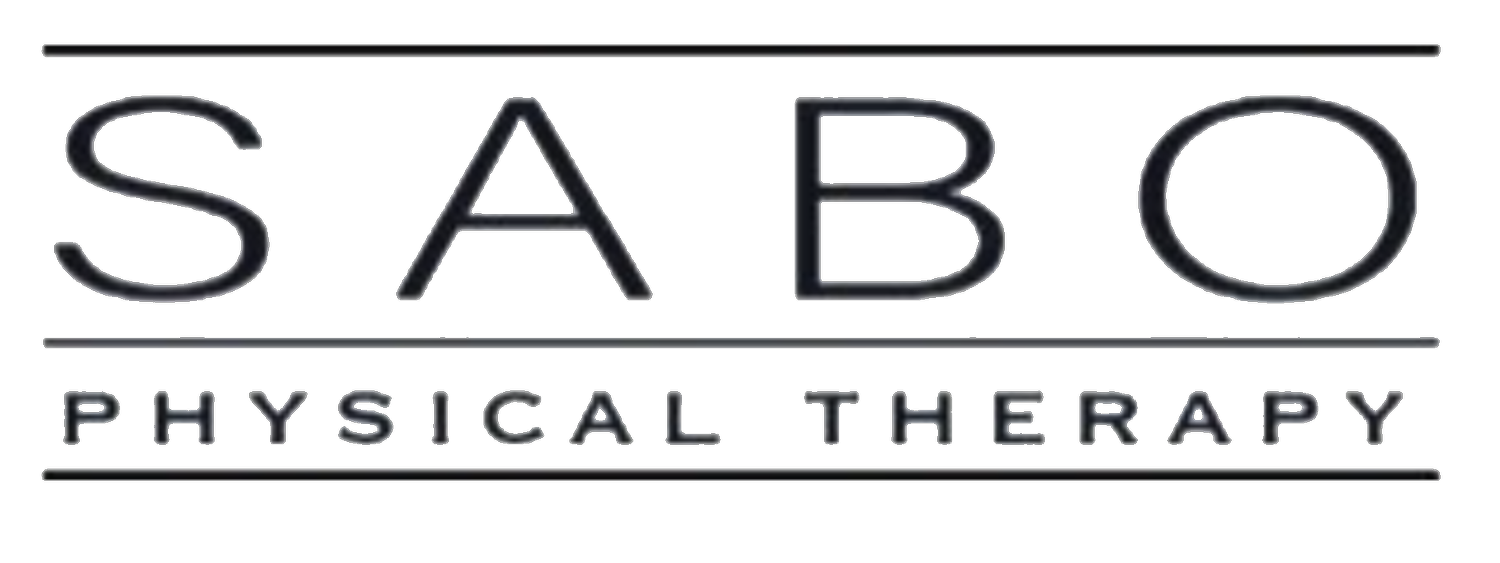ACL healing
Many people with ACL tears and surgical repairs have poor outcomes in the long term. Many have ongoing pain and never quite get back to “normal”. Even if they return to their sport, the rate of reinjury is high – 1 in 4 will sustain an injury to the same or opposite knee.
The KANON trial compared individuals that were randomized to either early ACL reconstruction and supervised exercise therapy or to a group that did supervised exercise therapy with the option of delayed ACL reconstruction if needed.
Those with early reconstruction had worse outcomes at 5 years than those treated with rehab with or without delayed reconstruction.
In 30% of those randomized to optional delayed surgery, they found evidence of ACL healing at the 2 year follow up. 53% of those managed with rehab only had MRI evidence of healing.
Basically, about 1/3 of ACL tears may show healing on MRI if managed with rehab only, and outcomes may be better than early or delayed ACL reconstruction.
This seems to indicate that rushing to have surgical reconstruction of an ACL tear is not the most beneficial way to manage. Focusing on rehab for a few months before deciding whether surgery is the best path might improve the long-term outcome and health for the knee.
Filbay SR, Roemer FW, Lohmander LS, et al. Evidence of ACL healing on MRI following ACL rupture treated with rehabilitation alone may be associated with better patient-reported outcomes: a secondary analysis from the KANON trial. British Journal of Sports Medicine Published Online First: 03 November 2022. doi: 10.1136/bjsports-2022-105473

